Excel报告(单元格模式)
在本例中,我们会:
| • | 创建一个Excel(单元格模式)报告。 |
| • | 导出$FIL关键字。 |
| • | 导出$DATE关键字。 |
| • | 导出统计。 |
| • | 导出图片。 |
| • | 运行批处理。 |
方便起见,我们将使用上节使用过的版面。来自上一章节的版面,在此奖章节中,将仍包含图片。用户也可以在已有操作的版面中加入报告。如果之前的版面您处于打开状态,请直接跳到第5步。
| 1. | 选择File(文件)标签 然后点击Open。 |
| 2. | 打开版面BatchProcess.fey位于Tutorial Sample Data archive(教程样本数据库)。 |
要执行一个Excel报告批处理操作:
| 3. | 创建一个Data List用TCellSample1.fcs和TCellSample1.fcs文件(请参见教程的上一节)。 |
| 4. | 选择Batch(批)→Batch Processing(批处理)→Batch Actions(批操作)命令(图T9.6)。 |
一个Batch Actions(批操作)窗口会出现(图T9.7)。
| 5. | 选择Export to Excel (Cell Mode) (导出到Excel(单元格模式))( |
一个Excel (Cell Mode)Options对话框将出现(图T9.13)。我们将使用这个对话框来设置如何把Data List(数据列表)中的文件以批处理的方式导出到Excel报表中。
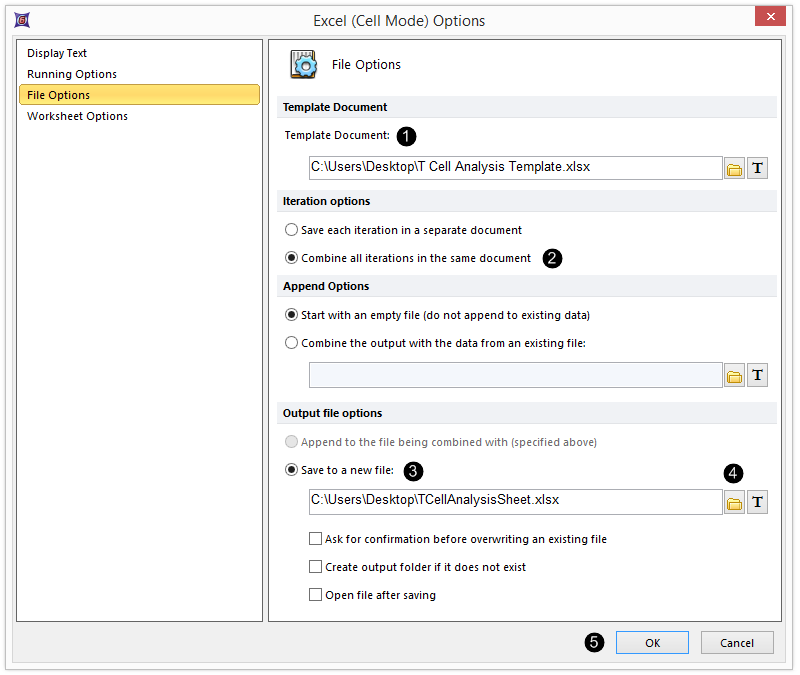
Figure T9.13 Excel (Cell Mode) Options Dialog
| 6. | 点击打开的文件在Template Document(模板文档)中:field |
| 7. | 从FCS Express Tutorial Sample Data(FCS Express教程样本数据)文件夹中选择T Cell Analysis Template.xlsx文件。 |
T Cell Analysis Template.xlsx是一个包含报表背景的Excel文件。图T9.14显示了我们正在使用的Excel模板。
| 8. | 在Iteration options(循环选项)处点击Combine all iterations in the same document这一项选中它 |
| 9. | 在Output file options(输出文件选项)处选择Save to a new file (保存到一个新的文件) |
| 10. | 在Save to a new file字段中,点击文件夹图标来指定Excel的输出位置 |
| 11. | 点击OK |
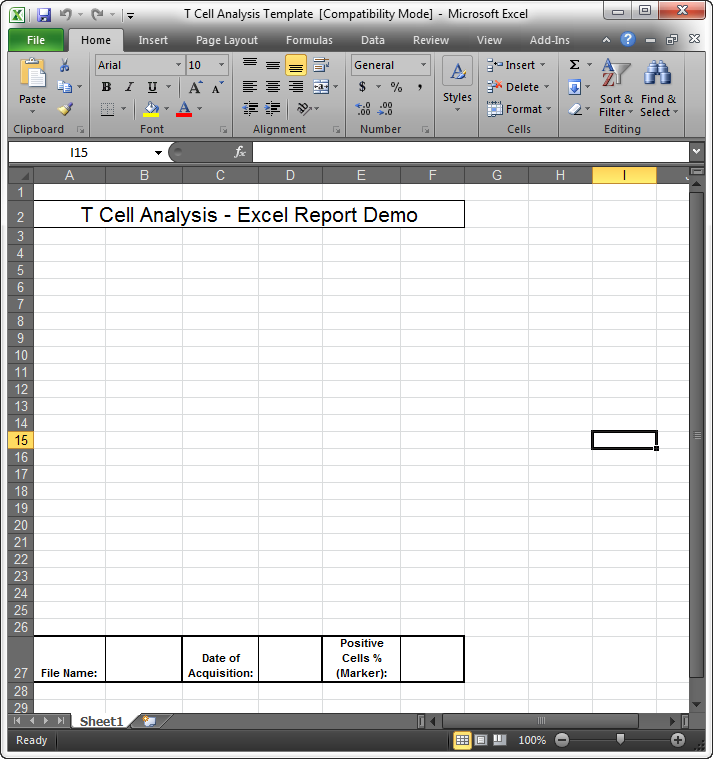
Figure T9.14 T Cell Analysis Excel Template
这个Batch Actions(批操作)窗口将显示输出到列出的Excel (Cell Mode)操作(图T9.15)。这一图片同样显示了来自最后部分的Save to PowerPoint(保存至PowerPoint文稿)批操作。
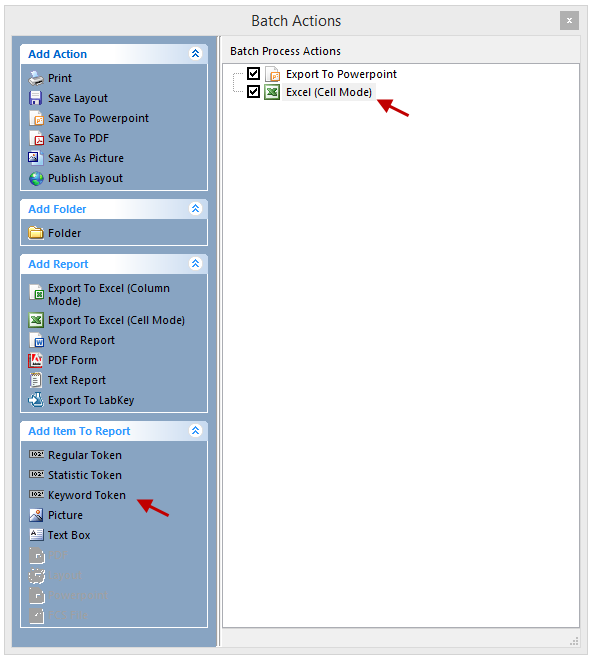
Figure T9.15 Batch Actions Window with the Export To Excel Action
| 12. | 从Add Item to Report(添加项目到报告)中选择Keyword Token(关键字标记)项目(图T9.15中的光标处)。 |
一个Excel (Cell Mode) field "Keyword" options对话框会出现,来显示Data Source选项(图T9.16)。这里是我们定义导出到Excel中的"关键字"的地方。
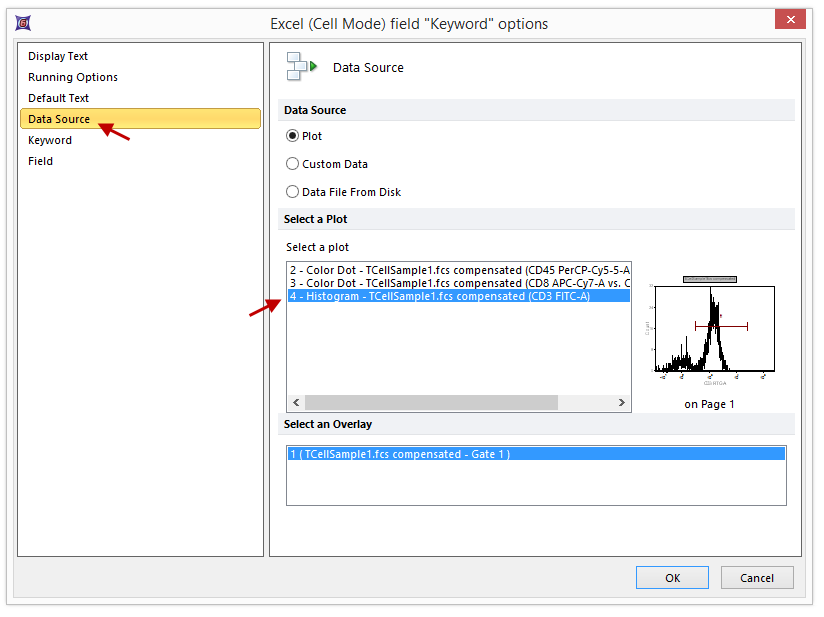
Figure T9.16 Excel (Cell Mode) field "Keyword" options Dialog
| 13. | 在Data Source (数据源)项目下,选择4 - Histogram - TCellSample1.fcs compensated (FITC-A)。 |
| 14. | 点击Keyword选项。(图T9.16)。 |
这个Keyword类别选项页会出现(图T9.17)。
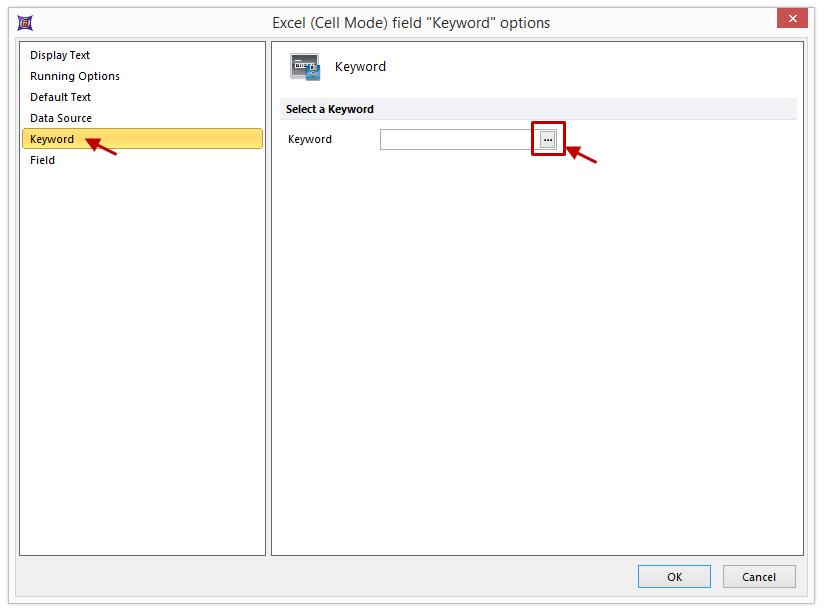
Figure T9.17 Excel (Cell Mode) field "Keyword" options Dialog -- Keyword Category
| 15. | 请点击省略号(…)按钮,在字段Select a keyword(选择一关键字)的右方(图T9.17)。 |
这个Please select a keyword(请选择一个关键字)对话框会出现(图T9.18)。这个对话框显示了在FCS文件中可以找到的关键字。
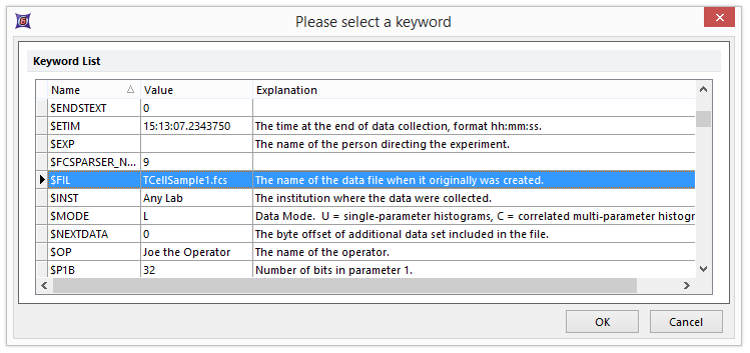
Figure T9.18 Dialog Displaying Keywords Found in the FCS File
| 16. | 请选择关键字$FIL(图T9.18),该关键字是存储在FCS文件中的文件名关键字。 |
| 17. | 点击OK。 |
| 18. | 点击Excel (Cell Mode) field "Keyword" options对话框中的Field选项(图T9.19)。 |
则Excel (Cell Mode) field "Keyword" options对话框的Field页会出现。这里是我们选择的$FIL关键字数据在批处理过程中,导出到Excel单元格的地址的地方。
| 19. | 在Cell Address(单元格地址)字段的类型B27(图T9.19)。这一设置告诉FCS Express我们想要把FCS文件名输入到Excel模板中的B27单元格中(图T9.14)。 |
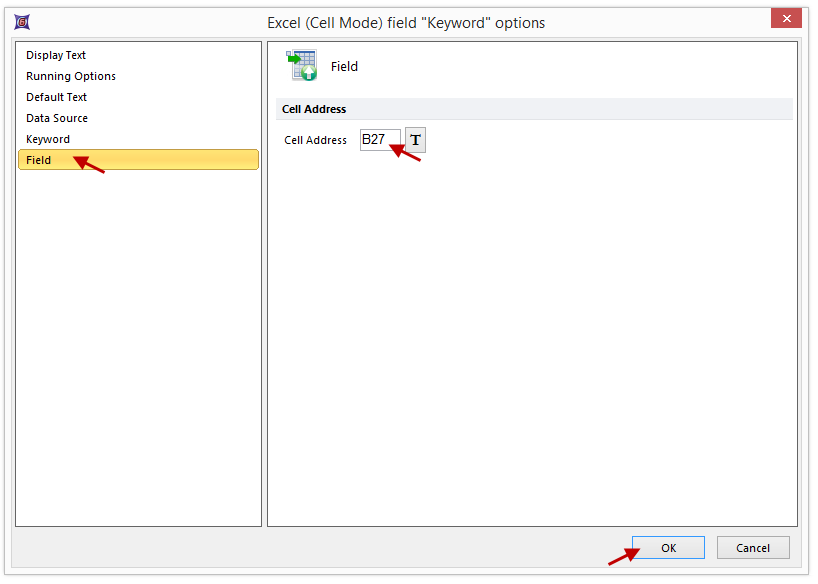
Figure T9.19 Setting the Excel Report Cell Address
| 20. | 点击OK。 |
则Batch Actions(批操作)窗口将显示添加的Keyword: $FIL操作(图9.20A)。
用户也可以通过把感兴趣的绘图拖放到the Batch Actions对话框的Batch Process Actions(批处理程序操作)部分来把与绘图相关的一个标记批处理输出到Excel。
| 21. | 请点击绘图的边缘来选中底部柱状图。当柱状图的边框变成红色,说明它已被选中。 |
| 22. | 请按下鼠标左键,把这个绘图拖到Batch Actions对话框的Batch Process Actions部分上(图T9.20A)。 |
| 23. | 当绘图在Batch Process Actions(批处理操作)区域内的Excel (Cell Mode)文本上方时,松开鼠标(图T9.20A)。一个Paste Special(选择性粘贴)对话框会出现(图T9.20B)。 |
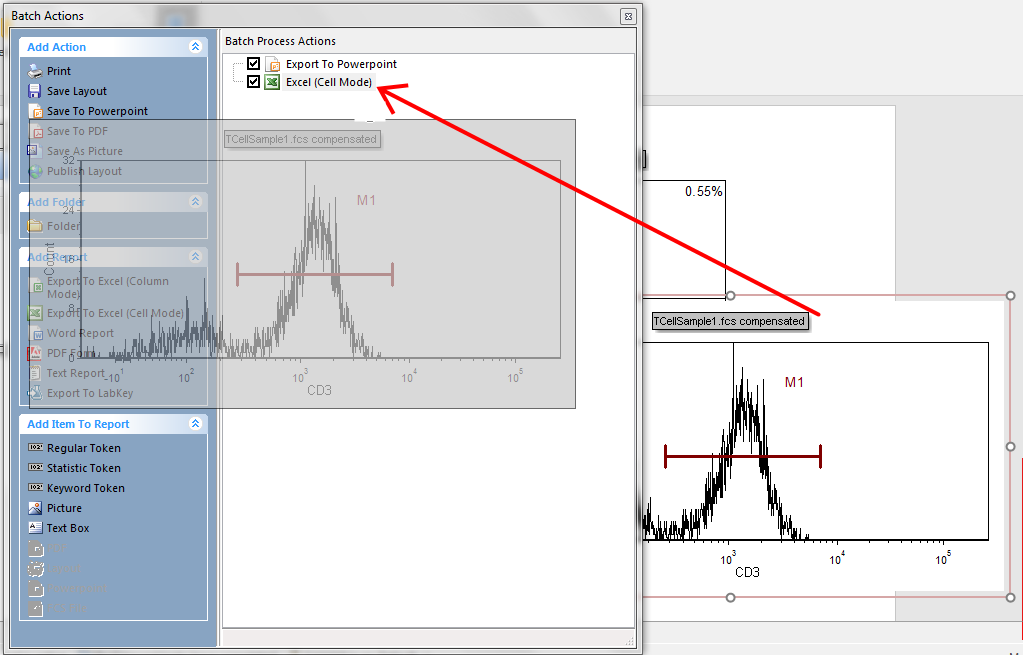
Figure T9.20A Dragging and Dropping a Histogram onto the Batch Actions Window
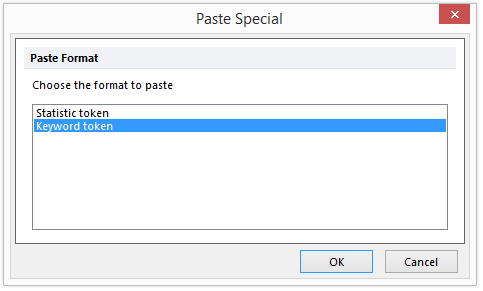
Figure T9.20B Paste Special Dialog
| 24. | 选择Keyword token选项,然后点击OK(图T9.20B)。 |
| 25. | 则Keyword类别选项页会出现(图T9.17)。 |
| 26. | 点击Keyword选项。 |
| 27. | 然后点击Select a keyword 右边区域的省略号按钮(…)(图T9.17)。 |
一个Please select a keyword(请选择一个关键字)对话框会再次出现(图T9.21)。
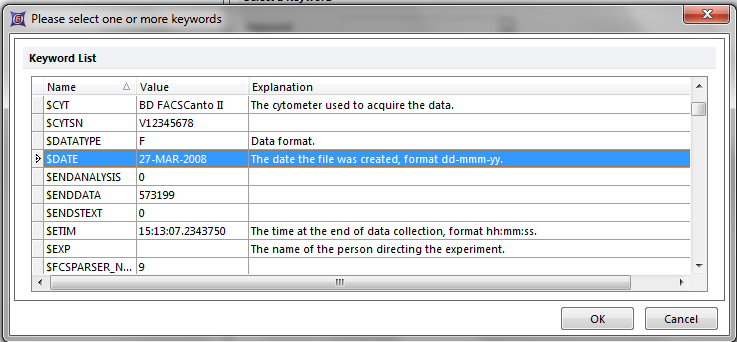
Figure T9.21 Inserting the $DATE Keyword
| 28. | 选择关键字“$Date”(图T9.21)。 |
| 29. | 点击OK(图T9.21)。 |
| 30. | 点击Excel (Cell Mode) field "Keyword" options对话框中的Field选项(图T9.22)。 |
则Excel (Cell Mode) field "Keyword" options对话框中Field页又会出现。
| 31. | 请输入D27在Cell Address(单元格地址)中(图T9.19)。 |
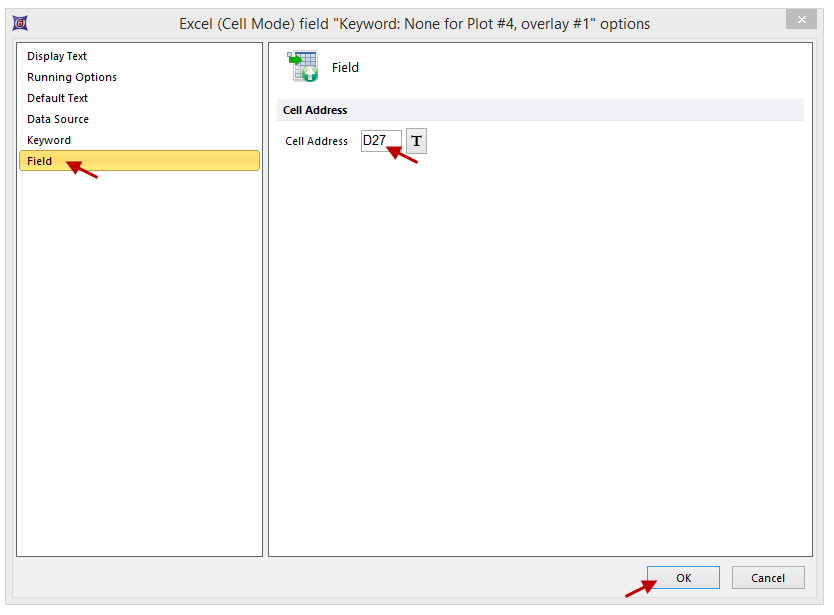
Figure T9.22 Cell Address Field Defined for Batch Export of $DATE Keyword to Excel
| 32. | 点击OK(图T9.22)。 |
此Batch Actions(批操作)窗口将显示Keyword: $DATE添加的操作(图T9.23)。
这就是说,假如现在使用数据列表中的文件进行批处理,文件名(保存在FCS的关键字$FIL中)以及创建日期(保存在FCS的关键字$DATE中)将分别被导出到图T9.13所示的之前Excel文件的单元格B27和D27中。
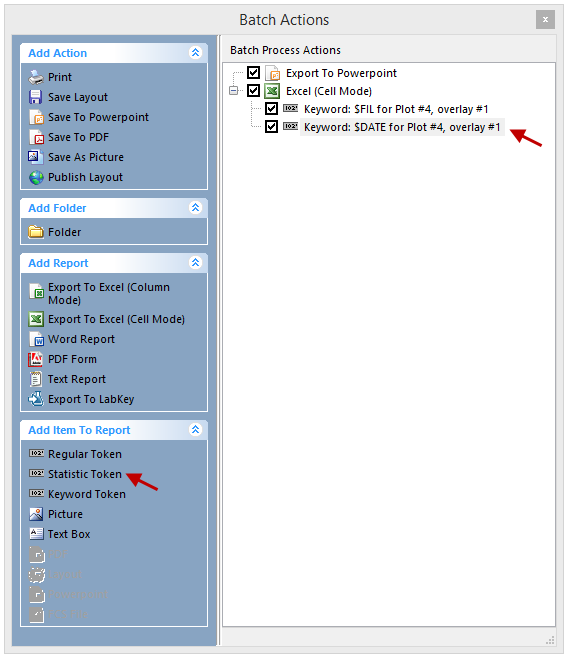
Figure T9.23 Batch Actions Window with $DATE Keyword Exported
我们现在将选择一个要通过批量导出到Excel文件中的统计函数。
| 33. | 从Batch Actions窗口的Add Item to Report项目中选择Statistic Token选项(图T9.23)。 |
这时会出现一个选项对话框,如前图T9.16所示。
| 34. | 点击Data Source选项(图T9.16)。 |
| 35. | 从Select a plot字段中选择4 - Histogram - TCellSample1.fcs compensated (FITC-A)(图T9.19)。 |
| 36. | 点击Statistic(统计)项目类别(位于左边)。则Excel (Cell Mode) field "Statistics" options对话框中的Statistic(统计)页将出现(图T9.24)。在这里我们要选择想批量导出到Excel中的一个柱状图统计。 |
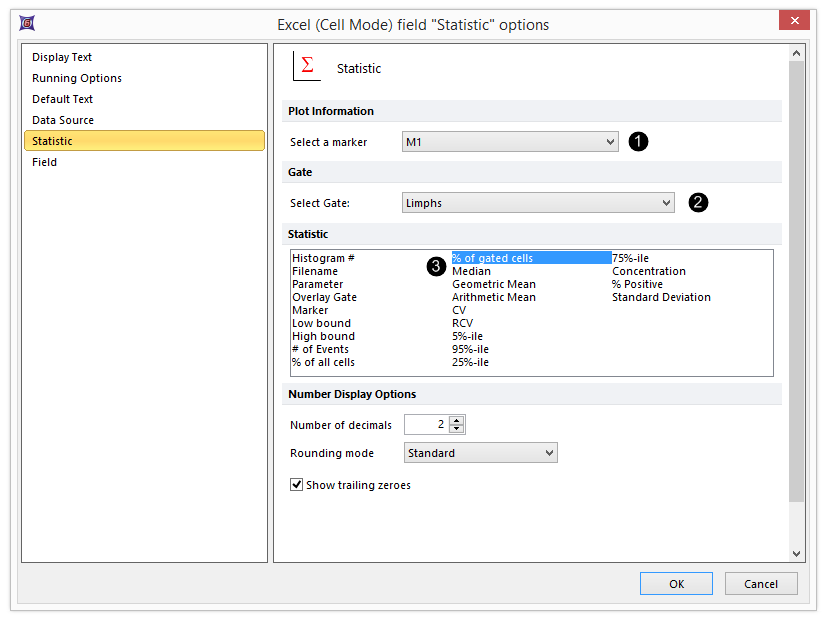
Figure T9.24 Selecting a Statistic to Export
| 37. | 请从Plot Information下拉菜单中选择Marker :M1 |
| 38. | 请从Gate下拉列表中选择Gate(门):Lymphs |
| 39. | 请从Statistic(统计)列表框中选择% of gated cells(门中细胞百分比) |
| 40. | 点击field项目类别(位于左边)。则Excel (Cell Mode) field "Statistics" options对话框中的Field项目将出现(图T9.25)。这里我们将选择Excel单元格地址作为统计数据,被批处理导出。 |
请输入F27在Cell Address(单元格地址)中(图T9.19)。这一设置告诉FCS Express我们想要把统计放到Excel模板中的F27单元格中(图T9.14)。
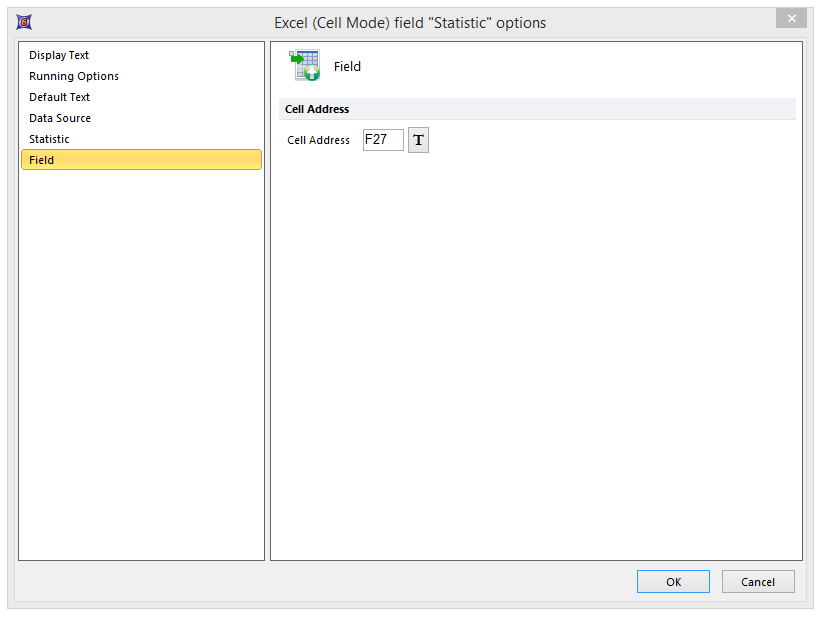
Figure T9.25 Setting the Excel Cell Address
| 41. | 点击OK键来接受这些设置。 |
这时Batch Actions(批操作)窗口将显示Statistic: % of Gated Cells(统计:门中细胞百分比)添加的操作(图T9.26)。
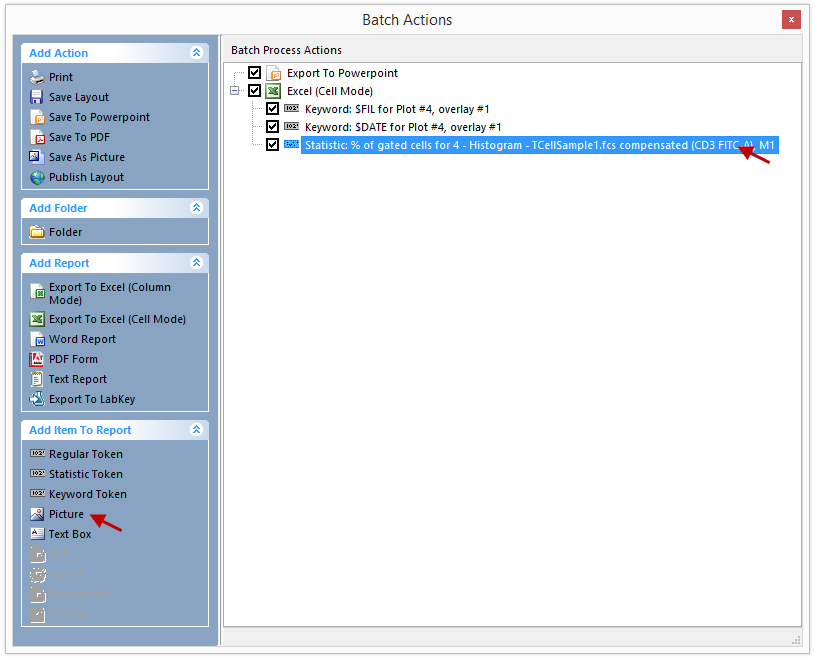
Figure T9.26 Batch Actions with Statistic % of Gated Cells to be Exported to Excel
我们现在将把一张图片通过批处理导出到Excel文件中。
| 42. | 从Add Item to Report区域选择Picture(图T9.26)。 |
一个Excel (Cell Mode) field "Picture" options对话框将出现(图T9.27)。这里是我们定义将要被导出到Excel中的图片的地方。
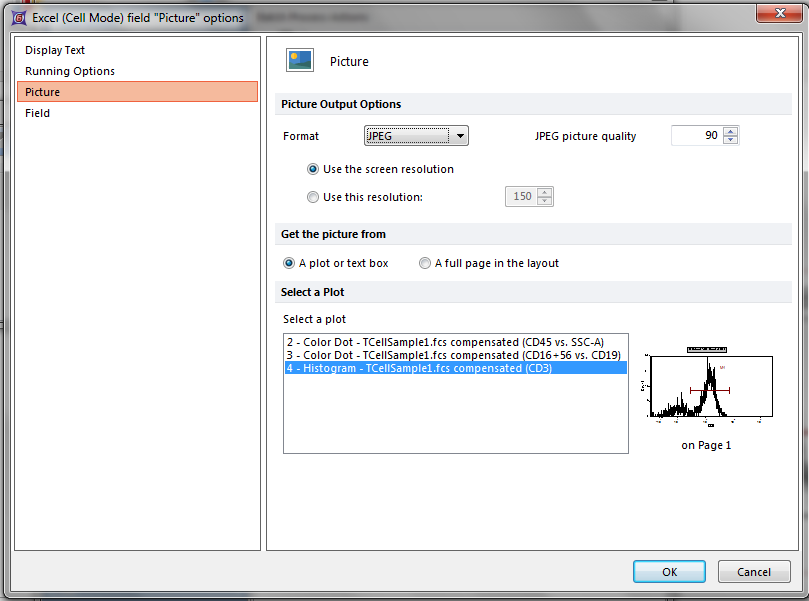
Figure T9.27 Excel (Cell Mode) field "Picture" options Dialog
| 43. | 在Select a plot(选择一个绘图)字段上选择4 - Histogram – TCellSample1.fcs compensated (FITC-A)(图T9.19)。 |
| 44. | 点击field选项(图T9.28)。 |
这时Excel (Cell Mode) field "Picture" options对话框中的Field项目类别将出现(图T9.28)。这里是我们选择把图片批处理导出到Excel中的单元格地址。
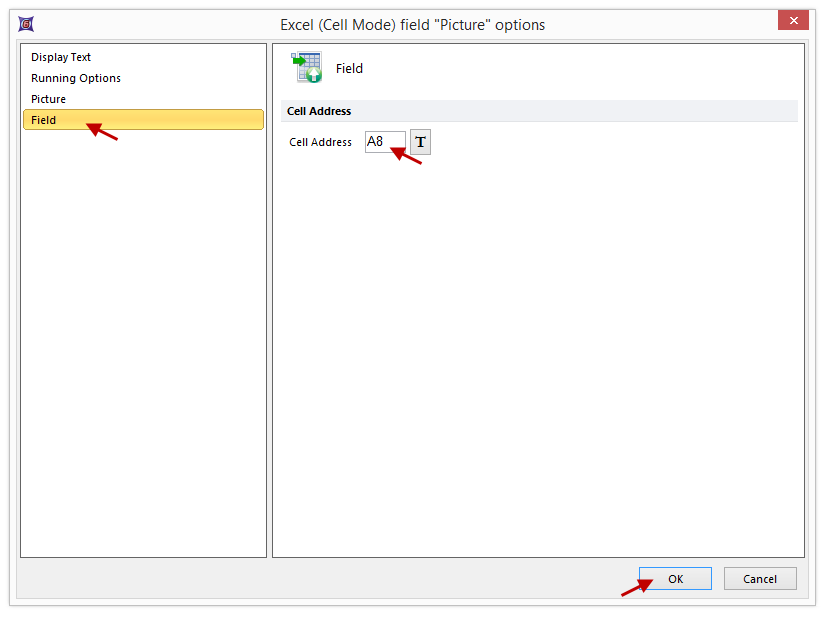
Figure T9.28 Setting the Excel Cell Address for the Picture Field
| 45. | 请输入A8在Cell Address(单元格地址)中(图 28)。 |
| 46. | 点击OK。 |
我们已经告诉FCS Express把4 - Histogram - TCellSample1.fcs compensated (FITC-A)图片导出到Excel报表模板中的A8单元格,如图T9.14所示。
这时Batch Actions(批操作)窗口将显示Picture(图片)的添加操作(图T9.29)。
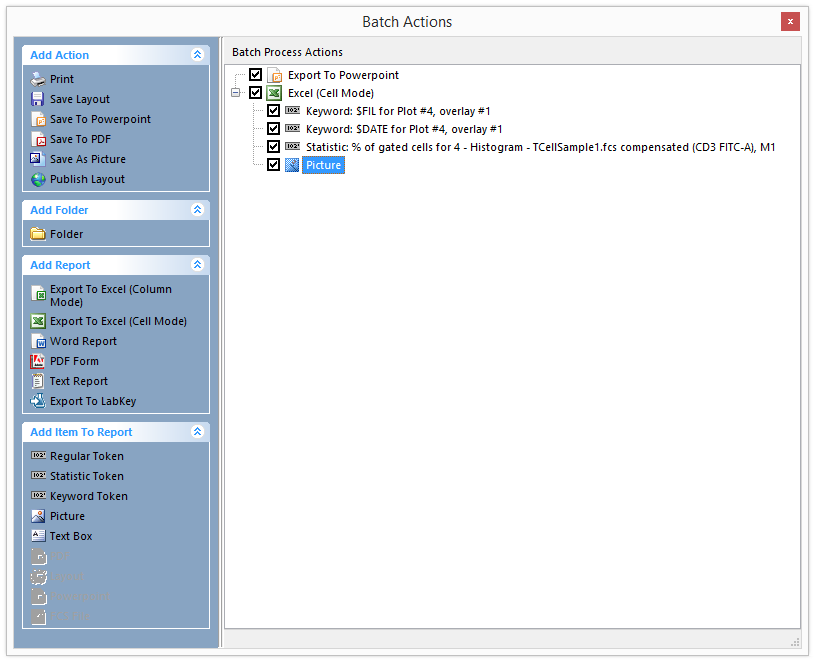
Figure T9.29 Batch Actions with Picture to be Exported to Excel
| 47. | 点击关闭按钮 (红色X) 在窗口的右上角来关闭批操作窗口(图T9.29)。 |
我们将返回到版面页中来运行批处理。
| 48. | 选择Batch(批)→Batch Processing(批处理)→Run or Replay(运行或者重播)→Run(运行)命令(图T9.10)。 |
FCS Express将执行这个批处理。批处理完成后会在用户指定的位置创建一个Excel文件(图T9.30)。该文件有两个工作表,一个工作表分别对应TCellSample1.fcs文件和TCellSample2.fcs文件。
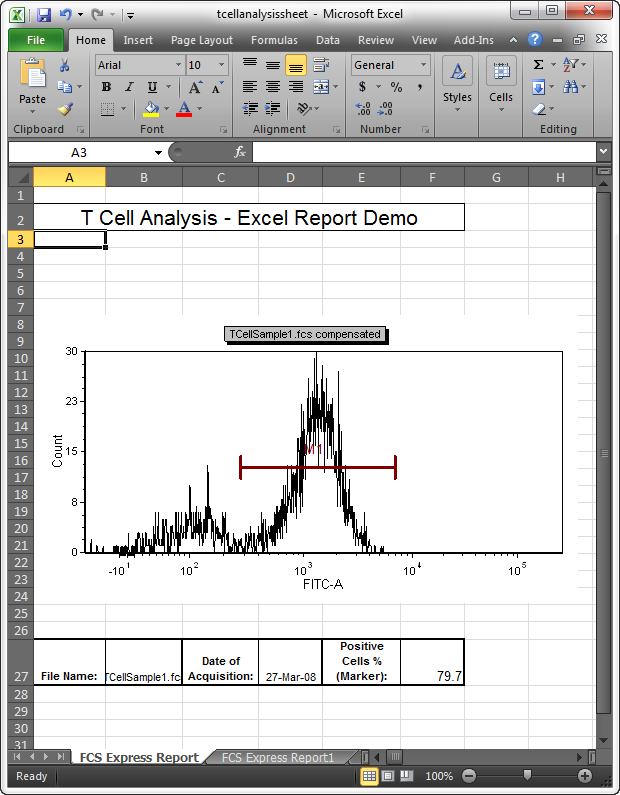
Figure T9.30 First Sheet of the Final Excel Report from the Batch Processing
在下面的练习中,我们将使用同一个版面。
